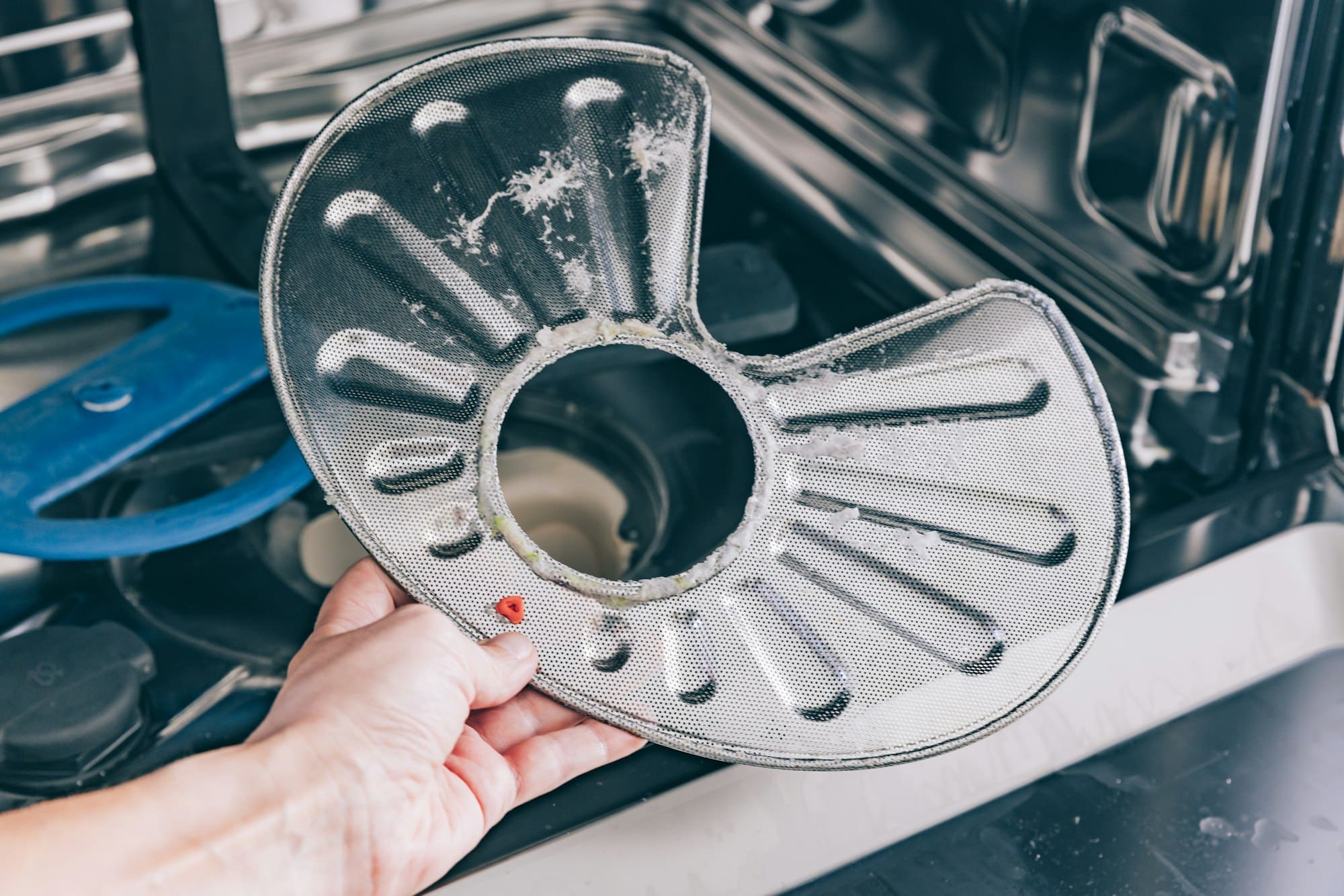In the realm of vehicle maintenance, the role of oxygen sensors in maintaining an optimal air-fuel ratio (AFR) cannot be overstated. Ensuring that these sensors function properly is paramount to the performance and safety of your engine. When working correctly, the oxygen sensors in your car means fewer visits to the repair shop, improved fuel efficiency, and a smoother drive overall. This article will take you through the importance of the sensors, the signs of a malfunctioning sensor, and how to maintain them properly for optimal AFR and safe engine performance.
The Role of Oxygen Sensors in a Vehicle
Oxygen sensors play a pivotal role in ensuring that your vehicle runs smoothly and efficiently. They are responsible for monitoring the level of oxygen in your vehicle’s exhaust and sending this information to the engine control unit (ECU).
Also to read : What are the signs that the thermal management system in an electric vehicle needs servicing?
An engine requires a precise mixture of air and fuel to operate optimally. This is also known as the air-fuel ratio (AFR). If the mix has too much fuel (a "rich" mixture), the engine will consume more fuel than necessary and produce excessive emissions. On the other hand, if there is too much air (a "lean" mixture), the engine can overheat and may cause damage to the engine components.
The oxygen sensor’s job is to ensure that the engine maintains the optimal AFR. It does this by constantly measuring the amount of oxygen in the exhaust gases and adjusting the fuel delivery accordingly. The efficient functioning of these sensors is crucial to your vehicle’s power, performance, and emission control.
Also to discover : How can undercarriage cleaning contribute to the safety of your vehicle?
Understanding Signs of a Malfunctioning Oxygen Sensor
Ordinary wear and tear, fuel contamination, or a rich or lean condition can impair the performance of your vehicle’s oxygen sensors over time. It is crucial to identify signs of a malfunctioning oxygen sensor early to prevent more serious engine damage and costly repairs.
A faulty oxygen sensor will typically trigger the check engine light on your vehicle’s dashboard. Other symptoms to watch out for include decreased fuel efficiency, rough idling, and engine misfires. You may also notice an unusually strong fuel smell from the exhaust or a decrease in power and acceleration.
Using a diagnostic scan tool can help confirm whether your oxygen sensor is malfunctioning. The tool will generate a distinct trouble code if there’s an issue with the sensors. This will save you time and money by pinpointing the problem, allowing for more accurate repairs.
Techniques for Maintaining Oxygen Sensors
Regular maintenance of your vehicle’s oxygen sensors is crucial for their longevity and performance. It’s not only about knowing when to replace these sensors but also taking steps to prevent damage and ensure they function optimally.
One of the best ways to maintain oxygen sensors is to use high-quality, clean fuel. Lower quality fuels can leave deposits on the sensor surface, which can hamper their performance overtime. You should also ensure your vehicle is serviced regularly to avoid clogs in the air filter, forcing the engine to run on a lean mixture.
Another important aspect of maintenance is regular inspection. Oxygen sensors should be visually inspected at each oil change for signs of damage, contamination, or loose connections. If the sensors are found to be in poor condition, they should be replaced immediately.
Replacement of Oxygen Sensors
The time to replace your oxygen sensors will depend on the type of sensor and the vehicle model. Some sensors are designed to last up to 100,000 miles, but it’s always wise to check your vehicle’s manual for specific replacement intervals.
When replacing oxygen sensors, it’s advisable to use OEM (Original Equipment Manufacturer) parts. These parts are designed to the exact specifications of your vehicle and will offer better performance and longevity than aftermarket parts.
The replacement process involves disconnecting the sensor from the exhaust system, removing it, and installing a new one. While it’s possible to do this job yourself with the right tools and safety precautions, it may be best to leave this task to professional mechanics to ensure a correct installation.
In conclusion, the proper maintenance of oxygen sensors is an essential aspect of vehicle care. By understanding their role, signs of malfunction, and proper maintenance techniques, you can ensure optimal AFR, safer engine performance, and a more enjoyable driving experience.
Proper Installation and Calibration of Oxygen Sensors
In order to maintain optimal engine performance, it is essential that oxygen sensors are correctly installed and calibrated. Your vehicle’s engine management system relies heavily on the data these sensors provide to maintain the best air-fuel ratio. A poorly installed or incorrectly calibrated sensor can cause a variety of problems, ranging from decreased fuel efficiency to potential damage to the catalytic converter.
To install an oxygen sensor, you will first need to locate it in your vehicle. The sensor is typically located in the exhaust system, often either in the exhaust manifold or downstream in the exhaust pipe. Once located, the sensor is removed by disconnecting the sensor wire and unscrewing it from the exhaust system. An anti-seize compound is typically applied to the threads of the new sensor to facilitate future removal.
Once installed, the oxygen sensor needs to be calibrated to ensure it provides accurate information to the engine control unit. This involves connecting a diagnostic tool to the vehicle’s onboard computer and following the calibration procedure outlined in the vehicle’s service manual.
Keep in mind, though, that installing and calibrating an oxygen sensor can be a complex process, requiring specific tools and knowledge of the vehicle’s exhaust system. If you’re not comfortable doing this yourself, consider having a professional mechanic do it to ensure the job is done properly.
The Impact of Oxygen Sensors on Fuel Economy
Your vehicle’s fuel economy is greatly impacted by the performance of its oxygen sensors. These sensors are responsible for maintaining the optimum air-fuel mixture, which is crucial for efficient fuel combustion. A malfunctioning oxygen sensor may cause the engine to run too lean or too rich, impacting the fuel economy and potentially causing damage to the engine or the exhaust system, including the catalytic converter.
In a "rich" fuel mixture scenario, there is too much fuel and not enough air. Not all the fuel gets burned during combustion, which results in wasted fuel and increased emissions. Conversely, a "lean" fuel mixture means there is too much air and not enough fuel. This can cause the engine to run hotter than normal, potentially leading to damage.
By accurately measuring the amount of oxygen in the exhaust system, the oxygen sensors can ensure that the engine maintains the optimal air-fuel ratio. This not only promotes efficient fuel combustion and improves fuel economy, but also helps to reduce harmful emissions.
To summarize, the maintenance of oxygen sensors is important for the overall health of your vehicle. Regular inspections, using high-quality fuel, and timely replacements when necessary are key practices to keep these sensors in top shape. Understanding the role and function of these sensors allows you to make informed decisions about your vehicle’s care, ensuring optimal engine performance, better fuel efficiency, and a smoother driving experience.











